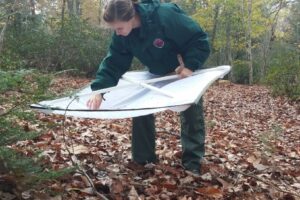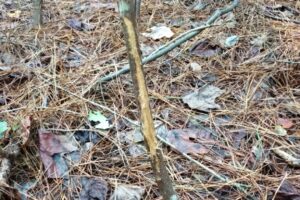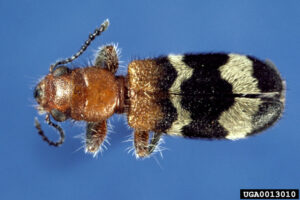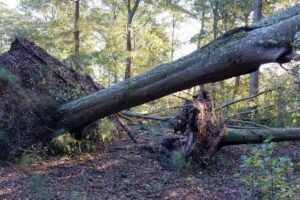Forest Health: A Small But Mighty Pest
February 22, 2019 - The southern pine beetle (Dendroctonus frontalis) (SPB) is a small, seemingly innocuous beetle that brings new meaning to the phrase “small but mighty.” These beetles are known as the most destructive native forest insect in the Southeastern United States. While a single adult beetle is only about 1/8 inch long, the ability to aggregate quickly means these tiny insects can overtake a pine tree’s defenses in a short period of time.... Read More










